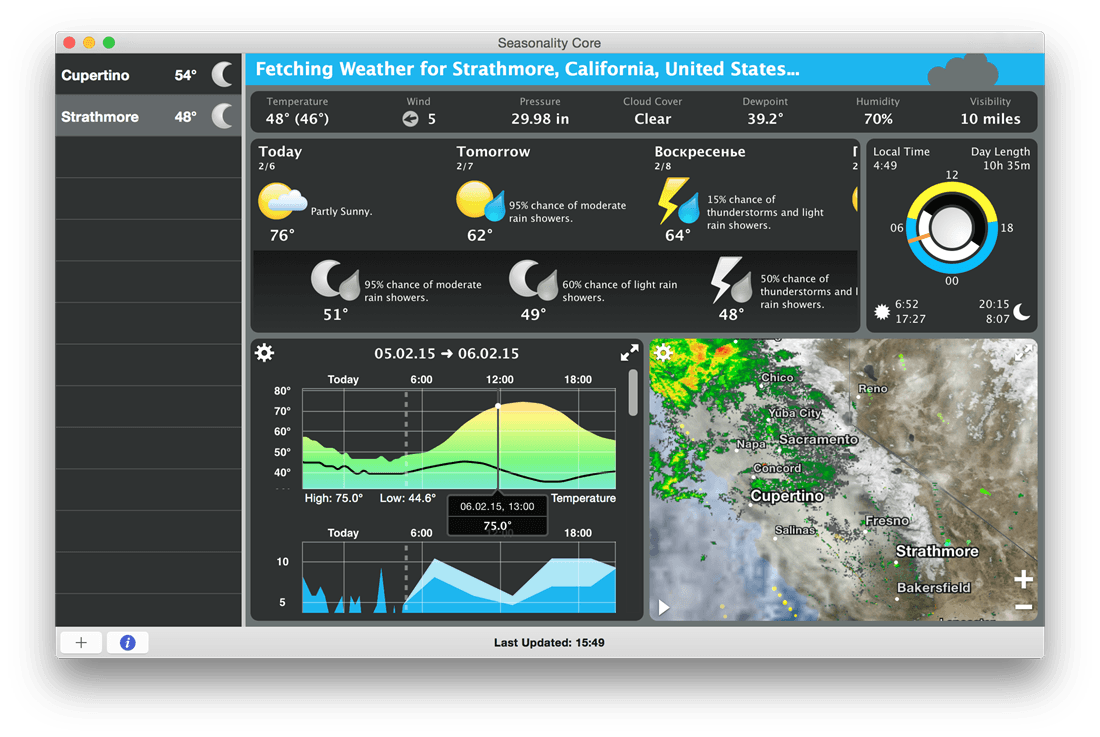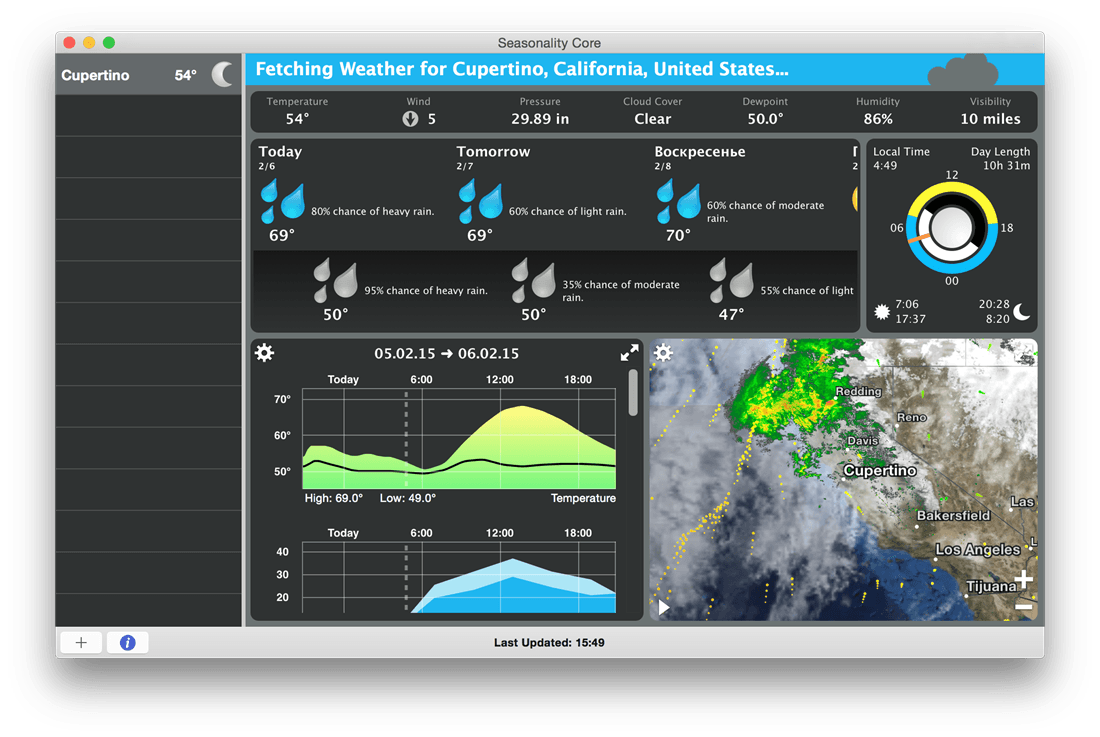

The metabolic processes regulated by intestinal microbial communities are substantially contributed to both nutrient acquisition and xenobiotic processing, including the metabolism of undigested carbohydrates and vitamin biosynthesis. The microbiota contains far more important metabolic genes than have been discovered in the human genome and provides the host organism with essential enzymes and biochemical pathways. It is becoming increasingly clear now that most microbes inhabiting our body are critically involved in the organism’s vital functions. The most common human intestinal bacteria are members of the gram-negative Bacteroidetes and the gram-positive Firmicutes phyla, and also some other phyla, such as Actinobacteria, Fusobacteria and Verrucomicrobia, that are present at subdominant levels. The term “gut microbiota” generally refers to a dynamic community of about 100 trillion microbial cells harbored within the human gastrointestinal tract, and the term “human microbiome” refers to the about 3 million genes (mostly from bacteria) harbored by these microbial cells. This factor must be taken into consideration in further microbiome research. Seasonality of sampling could influence results of human microbiome research, thereby potentially biasing estimates. Odds to have F/B > 1 were 3.3 times higher in summer samples and 1.9 times higher in autumn samples than in winter ones neither age, nor sex were significant confounding factors. The Firmicutes to Bacteroidetes (F/B) ratio was significantly higher in summer-derived samples than in winter-derived ones. Actinobacteria were more abundant and Bacteroidetes were less abundant in summer-derived samples compared to those obtained during other seasons, whereas Firmicutes content was seasonally independent. The relative abundance of major taxonomic groups of gut microbiota was found to be affected by month of sampling. Determination of microbial composition at the level of major microbial phyla was performed by qRT-PCR. In contrast to previous studies performed on small-size samples using a longitudinal design, we used cross-sectional design with a large sample size ( n = 769). The purpose of our study was to investigate whether there is a seasonal variability in the gut microbiota composition in Ukrainian population.

Seasonal microbiota changes were reported in several previous studies. All these factors fluctuate seasonally, especially in areas with highly variable climatic conditions between seasons. Gut microbiota composition is known to depend on environmental (diet, day length, infections, xenobiotic exposure) and lifestyle (alcohol/drug intake, physical activity) factors.


 0 kommentar(er)
0 kommentar(er)
